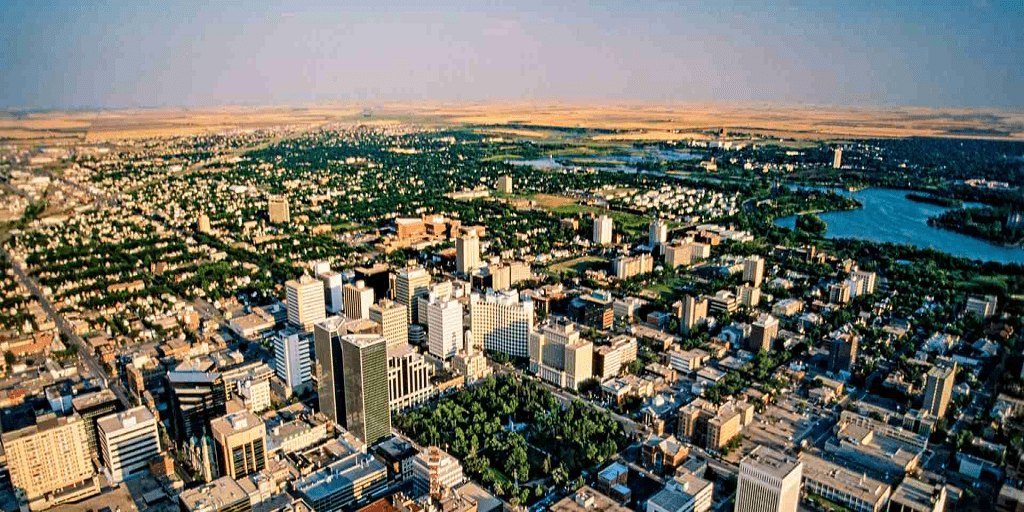Land development is a complex process that requires precise data and detailed planning. Traditional land surveying methods, once reliant solely on tripods and manual measurements, have evolved dramatically in recent years. Today, modern land surveyors harness the power of drones, 3D scanners, and artificial intelligence (AI) to deliver faster, more accurate results.
The Evolution from Classic Tools to Advanced Tech
In the past, land surveys involved setting up tripods with optical instruments like total stations to manually record distances and angles. While effective, these methods were time-consuming and often limited by terrain, weather, or line-of-sight issues.
Now, technology has transformed surveying into a high-tech operation. Let’s explore three major innovations shaping the industry:
1. Drones: Eyes in the Sky for Faster, Safer Surveys
Drones, or unmanned aerial vehicles (UAVs), are rapidly becoming indispensable tools in land development services in Edmonton. Equipped with high-resolution cameras and GPS, drones can quickly capture aerial images and detailed site data from above.
- Speed and Efficiency. Drones cover large areas in a fraction of the time it takes a surveyor on foot, dramatically accelerating data collection.
- Access to Difficult Terrain. Whether it’s steep slopes, wetlands, or densely wooded areas, drones can reach places that would be challenging or dangerous for humans.
- Accurate Topographic Mapping. The aerial imagery captured by drones is processed into detailed orthomosaic maps and digital elevation models, providing essential information for planning and design.
2. 3D Scanners: Capturing Reality in Full Detail
While drones excel at aerial views, terrestrial 3D scanning captures the physical environment at ground level with incredible precision. Using LiDAR (Light Detection and Ranging) or laser scanning technology, surveyors generate dense point clouds that represent every surface and feature in three dimensions.
- High-Resolution Models. 3D scanners create precise, photorealistic models of buildings, terrain, and infrastructure.
- Improved Accuracy. These models help detect subtle changes or irregularities that traditional methods might miss.
- Versatile Applications. From assessing existing structures to planning new construction, 3D scans are valuable throughout the development lifecycle.
3. Artificial Intelligence: Making Sense of Massive Data Sets
Collecting large volumes of data is only part of the story. The true power lies in processing and analyzing that data efficiently — and that’s where AI plays a critical role.
- Automated Feature Recognition. AI algorithms can quickly identify roads, trees, buildings, and other key features from raw survey data.
- Predictive Analysis. By analyzing terrain and environmental factors, AI helps forecast potential challenges such as flooding or soil instability.
- Streamlined Workflow. Automation reduces human error and accelerates report generation, allowing developers to move forward with confidence.
Why These Technologies Matter for Land Development Services in Edmonton
Edmonton’s dynamic landscape and growing development demands require land surveying that is both accurate and adaptable. Incorporating drones, 3D scanners, and AI enables surveyors to:
- Deliver comprehensive and reliable data faster than ever before.
- Minimize site disruptions and enhance safety by reducing the need for manual site visits.
- Provide detailed insights that inform better planning and reduce costly errors.
This integration of technology results in smoother project approvals, more efficient construction timelines, and ultimately, better outcomes for property owners and developers alike.
If you’re planning a project, look for a provider offering these advanced technologies as part of their suite of land development services in Edmonton. The best firms combine technical expertise with local knowledge, ensuring that every survey is tailored to your specific needs and regulatory requirements.
For more information about Land Survey Services Regina and Survey Services Saskatchewan Please visit: CORE Geomatics.
